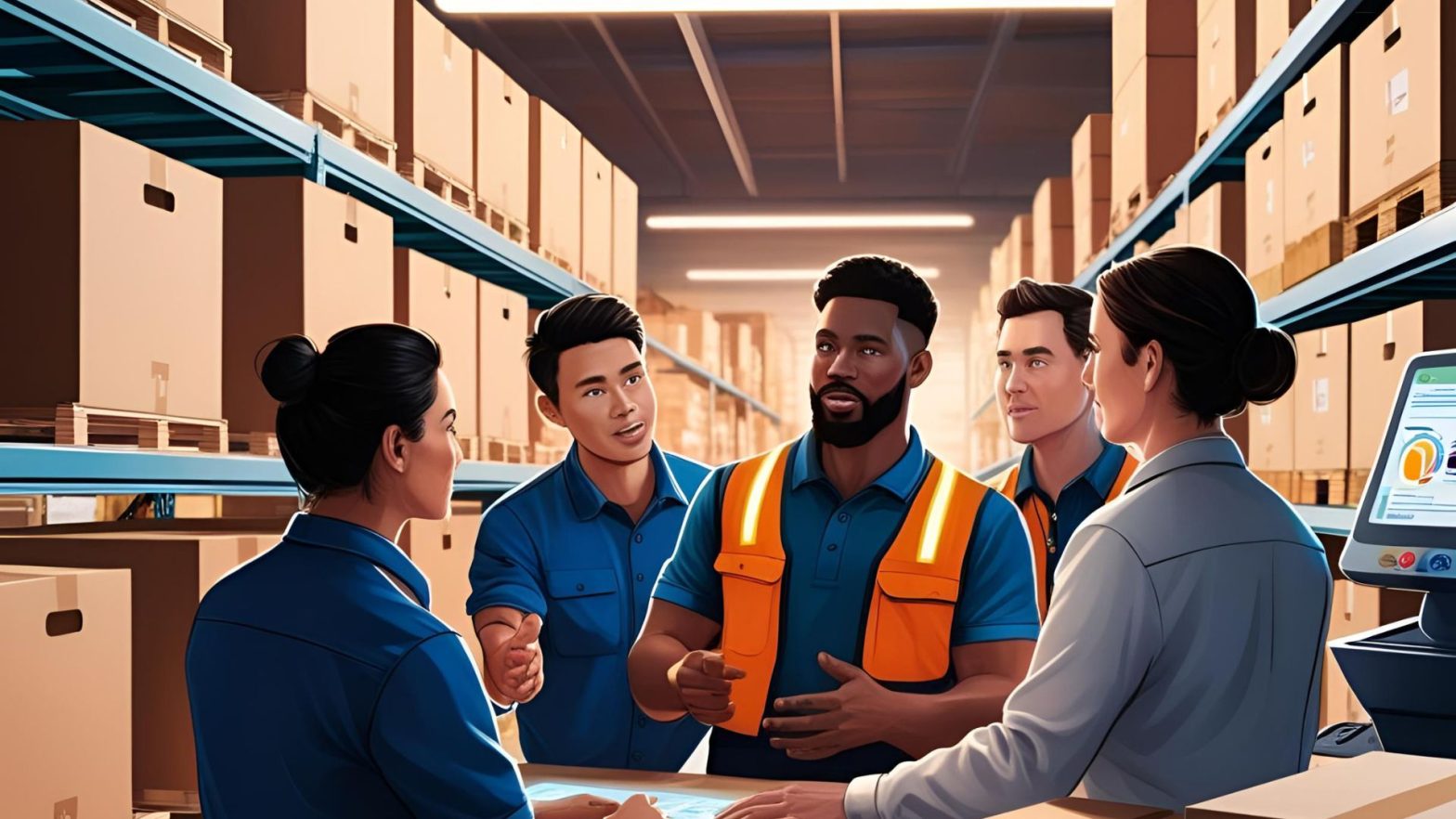How Automation Helps Reduce Cut Errors Before Packing
Introduction to Automation in Packaging
In today’s fast-paced world, manufacturers strive to increase efficiency, reduce errors, and maintain high-quality standards. One of the ways they achieve this is through automation. When we talk about packaging in particular, automation plays a critical role in reducing cut errors before packing, a topic we’ll delve into in this blog post.
The Issue of Cut Errors
Before we dive into how automation helps, let’s understand the problem of cut errors. Cut errors usually occur during the product preparation phase, impacting the size, shape, or integrity of the product. These errors can lead to product waste, increased costs, and reduced customer satisfaction. In a manual operation, the risk of cut errors is significantly high due to human errors and inconsistencies.
The Role of Automation in Reducing Cut Errors
So, how does automation help? Automation helps reduce cut errors by minimizing the need for manual handling, thereby reducing the chances of human error. Automated cutting machines deliver precision, consistency, and speed, making them invaluable in a manufacturing setup. These machines can be programmed to cut specific sizes and shapes, ensuring each product is cut accurately every time.
Types of Automation Used in Packaging
There are various types of automation used in the packaging industry, each serving a unique purpose. These include automated cutting machines, robotic pick-and-place systems, automated packing machines, and conveyor belt systems. Each of these systems plays a part in reducing cut errors and streamlining the overall packaging process.
Benefits of Automation in Packaging
The benefits of automation in packaging extend beyond reducing cut errors. Automation increases efficiency by speeding up the packaging process. It also improves the consistency and quality of packaging, leading to higher customer satisfaction. Furthermore, automation can lead to significant cost savings by reducing waste and improving productivity.
Real-World Examples of Automation in Action
To understand the impact of automation, let’s look at some real-world examples. A popular food and beverage company reported a 30% reduction in packaging errors after implementing an automated packing system. Similarly, an apparel manufacturer experienced a significant decrease in cut errors and a boost in productivity after introducing automated cutting machines.
Choosing the Right Automation Solution
Choosing the right automation solution is critical for achieving the desired results. The right solution depends on your specific needs, the nature of your product, and your budget. It’s important to work with a reputable automation provider who can guide you through the process, ensuring you make the right investment.
The Future of Automation in Packaging
The future of automation in packaging looks promising. With advancements in AI and robotics, automation is becoming more sophisticated and efficient. We can expect to see more intelligent automation systems that can adapt to different packaging requirements, further reducing errors and improving efficiency.
Conclusion: The Impact of Automation on Reducing Cut Errors
In conclusion, automation plays a pivotal role in reducing cut errors before packing. By minimizing manual handling, introducing precision, and ensuring consistency, automation has become a game-changer in the packaging industry. As technology continues to evolve, we can expect to see even more innovative automation solutions that will further enhance the packaging process.
Final Reflections
Reflecting on the journey automation has brought us, it’s inspiring to see how far we’ve come. From a time when cut errors were a common concern, we now have advanced automation systems that can almost eliminate these errors entirely. As we move forward, it’s exciting to think about the possibilities that lie ahead. Automation has not only streamlined our processes but also reminded us of the power of technology and innovation.


